Swiss project gets water flowing to massive refugee camp
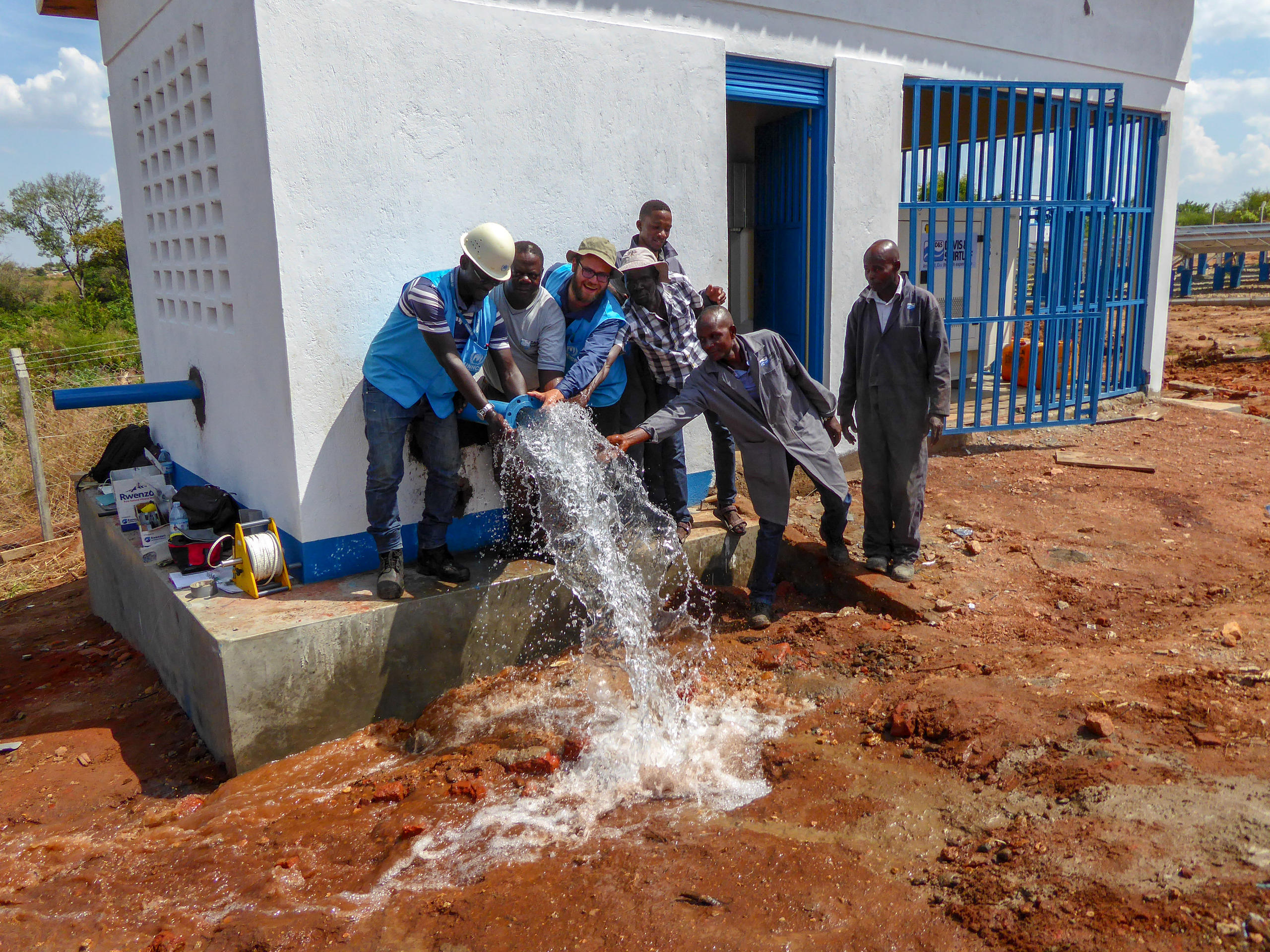
In a refugee camp, one of the first challenges is getting enough water – at least 20 litres a day per person for drinking, cooking, washing and cleaning. A methodology developed in Switzerland has quadrupled a Ugandan camp’s water supply. How does it work, and can it be applied elsewhere?
“It’s not magic,” laughs Ellen Milnes, a hydro-geologist who works part-time for Switzerland’s University of Neuchâtel External linkand part-time for the United Nations refugee agency, UNHCRExternal link. The methodology, called “Rapid Groundwater Potential Mapping”, involves using existing sources and information freely available online to overlay maps and chart the best places to drill for water. The map allows hydro-geologists to zoom in to those areas and conduct further tests before drilling.
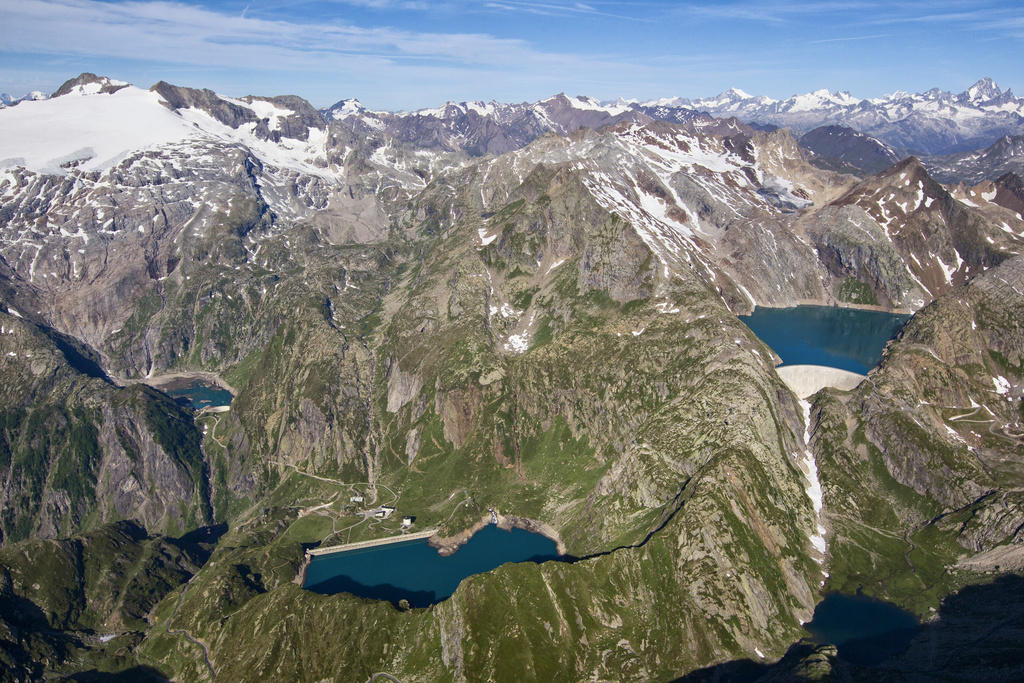
More
Amid shortages, can Switzerland stay Europe’s ‘water tower’?
After only a year, the results at northern Uganda’s Bidi Bidi refugee camp have been spectacular.
“It’s made a big, big difference,” says David Njoroge, the UN Water, Health and Sanitation officer in the camp. “You can imagine without water the challenges for women walking long distances, having to queue for hours, as well as issues to do with costly water trucking. All that seems to have been resolved.”
He tells swissinfo.ch that there is now enough water in the camp, although work is still in progress to pump it to all the houses using solar power.
Looking for groundwater
Bidi Bidi camp houses more than 200,000 refugees from neighbouring South Sudan. It sprang up in 2017 and was the largest refugee camp in the world until the exodus of Rohingya refugees to Bangladesh in 2018. It is as big as a city and the people are quite spread out, so water distribution is also a challenge. The area has two rainy seasons but also long dry periods in between when water is scarce, says Milnes.
“Groundwater is the only reliable water source,” the researcher points out.
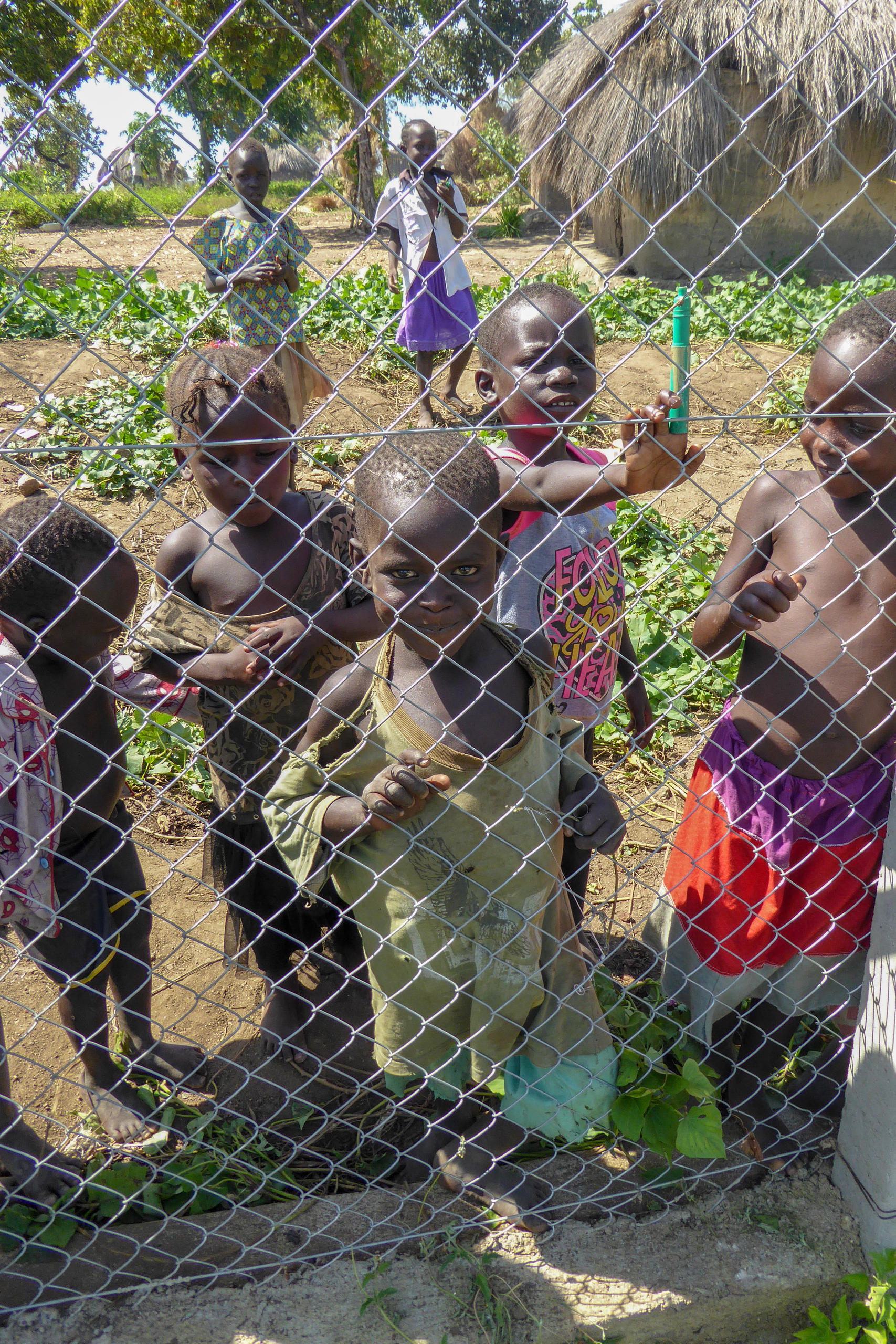
She and her team are using the methodology for the first time in Bidi Bidi as part of a two-year project in collaboration with the UNHCR and with funding from the Swiss Agency for Development and Cooperation (SDC). Milnes says the UNHCR was keen to try out the methodology in northern Uganda because the wells already drilled in Bidi Bidi were not very productive and there was pressure to get away from costly water trucking.
Being rapid
It is of course not the first time maps and data have been used to find groundwater, so what is new about this methodology? Milnes says it is the “rapid” part.
“In this methodology there is an obvious lack of data because very often a refugee camp is in a place where there’s nothing there. And it is in a way daring to come up with something, even if it is not very precise. We are in a way filling the information gap by being rapid, because otherwise all the funds are being spent completely blind.”
Below Bidi Bidi is hard rock, she says, but with big fractures in the rock that can be easily identified with remote sensing techniques and sometimes even with satellite imaging. This allows the team to refine large-scale regional maps and zoom into a few kilometres where geophysical surveys can be carried out.
Fractures are likely to hold water, she explains.
“Imagine that you have a big block of stone or rock, you bang and hammer it and you get a fracture through it,” she says. “Just imagine that you’re a drop of water falling onto there, where would you go? You would probably go into the fracture. Water, in order to be able to flow, needs a void, it needs space. So in hard rock areas we will always be looking for fractures.”
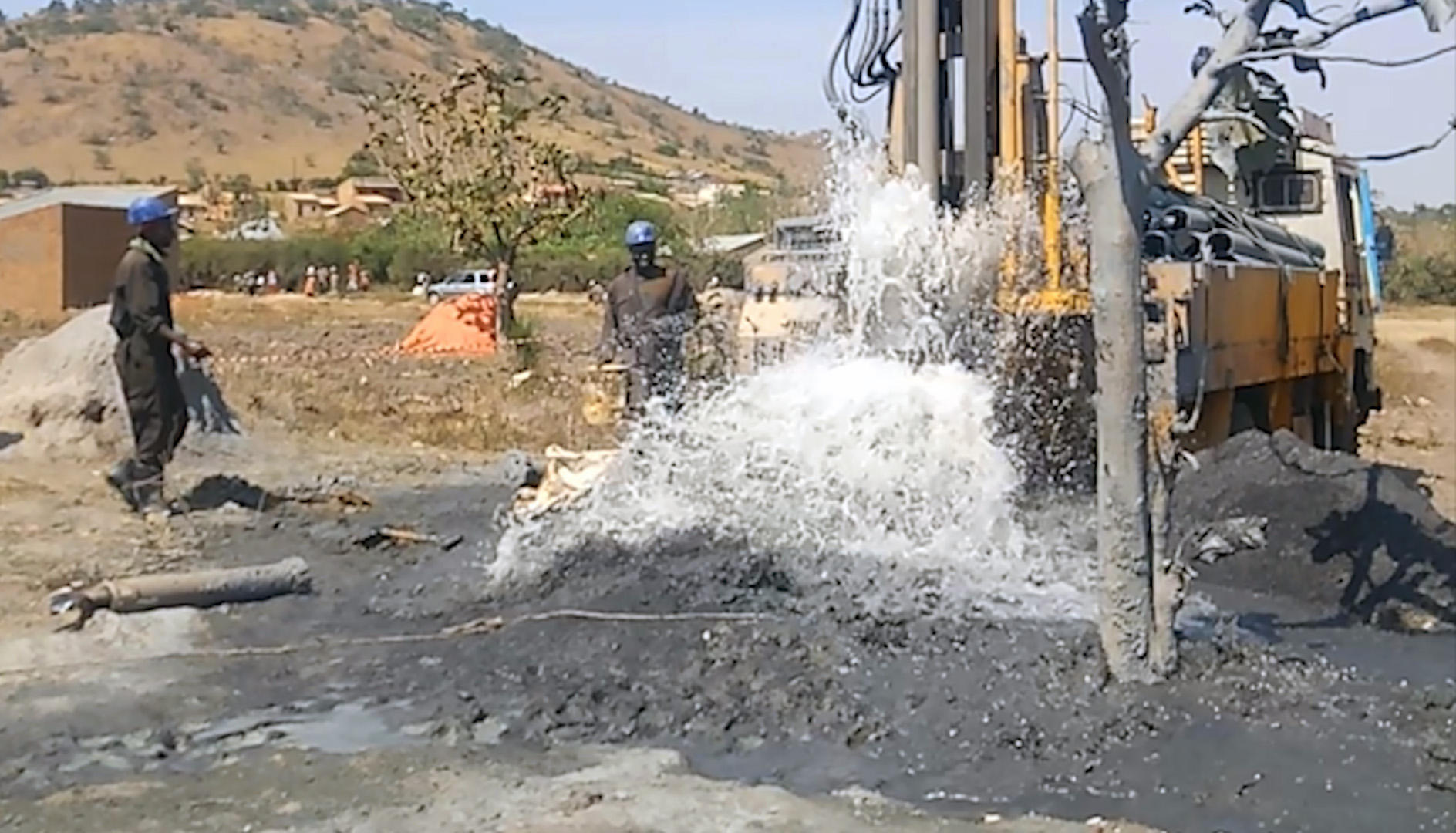
More
Drilling for water in Bidi Bidi
Next steps
The methodology was also used to create maps for other areas in Uganda, such as the Kyaka camp near Lake Albert which received a new influx of refugees from the Democratic Republic of Congo. But the conditions are different in each place, and not always as ideal as in Bidi Bidi.
“It was much more challenging to have these same wonderful results, because in Kyaka the ground is extremely un-fractured and it’s very hard,” says Milnes.
She says her team is working on refining the methodology so that it can be used more widely in other settings with different climate and geological conditions. A University of Neuchâtel Masters student has, for example, been applying the same approach in Switzerland’s Emmental region. “We are trying to be independent of where a refugee settlement is, because in future a refugee settlement may arise somewhere we don’t know of at the moment,” explains Milnes.
The University of Neuchâtel team also conducted a workshop with hydro-geologists from the Ugandan Ministry of Water who were curious about the methodology and its success. She says it was also a “fantastic” opportunity to share the methodology with other hydro-geologists and see how easily it can be reproduced. “We had these ten people and we went step by step through this, and then we could overlay all these maps to actually see where things have to be refined in the methodology and to see how it performs.” She says there were a lot of differences between the maps but they almost all identified the same areas where there was a very low potential for finding groundwater.
Sustainability
Milnes spent four months in Bidi Bidi camp. Cyrille Scherrer, a hydro-geologist working with her on this project at Neuchâtel University, also conducted two missions, most recently focusing on the sustainability of the new wells.
“All the newly drilled wells have been located with these maps, which worked very well, but now we are also interested to understand how sustainable the resource is, if these maps can also provide some wells that can be used in the longer term,” he explains.
In order to do this, the team places pressure probes, which measure the height of the water. It goes down after pumping and in the dry season, but they want to see if it comes back up again to a “normal” level. Milnes says this is something that is monitored on a daily basis but also needs to be followed on a seasonal basis over several years.
Scherrer was there for some of the drilling operations. He says refugees always follow a car or a truck and wait expectantly. When water comes gushing up out of the ground there is joy. “It is a very special moment for everyone,” he says.

More
Swiss scientists get water gushing in Uganda

In compliance with the JTI standards
More: SWI swissinfo.ch certified by the Journalism Trust Initiative
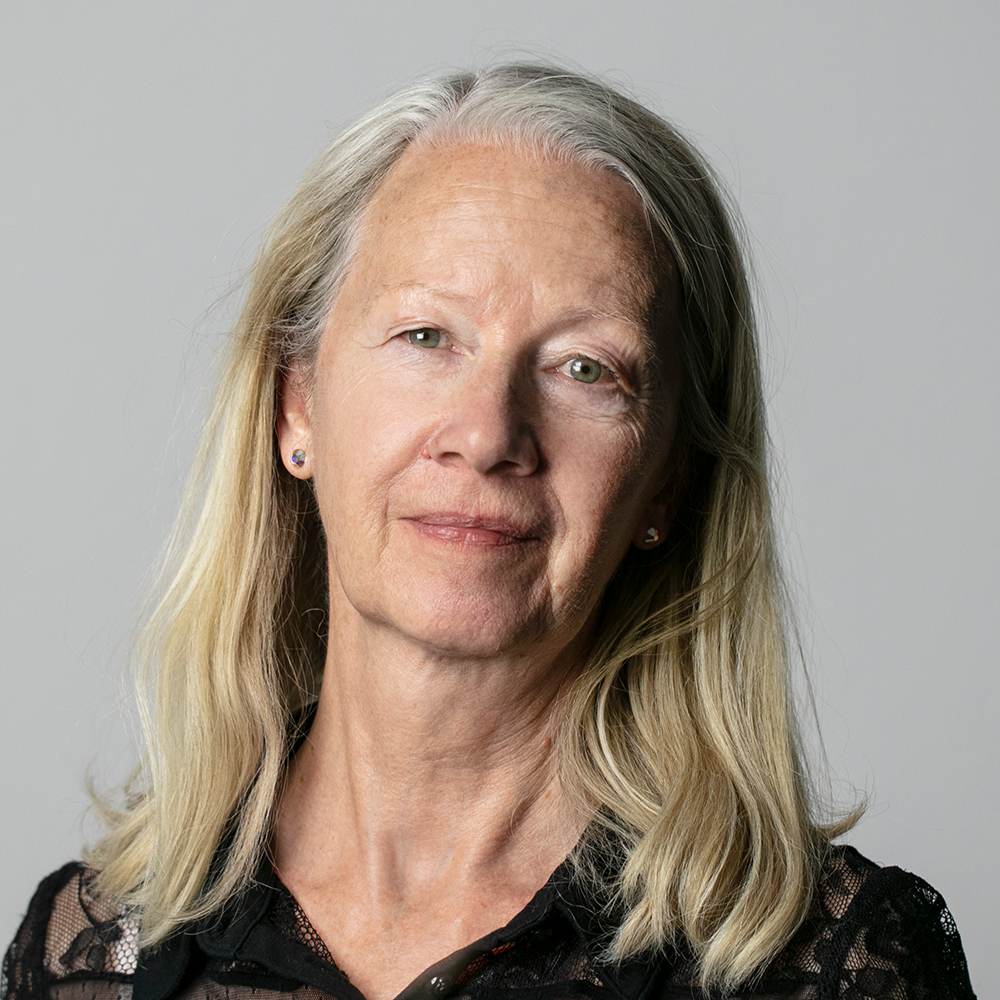












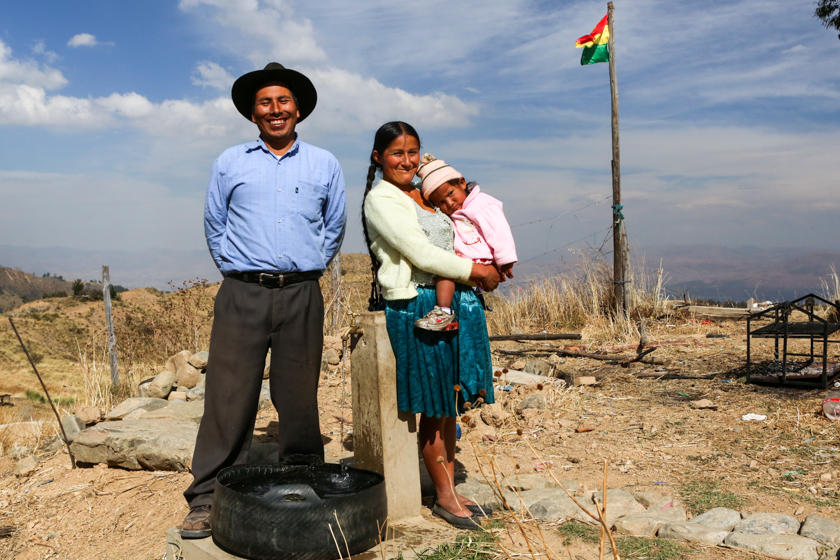
You can find an overview of ongoing debates with our journalists here . Please join us!
If you want to start a conversation about a topic raised in this article or want to report factual errors, email us at english@swissinfo.ch.